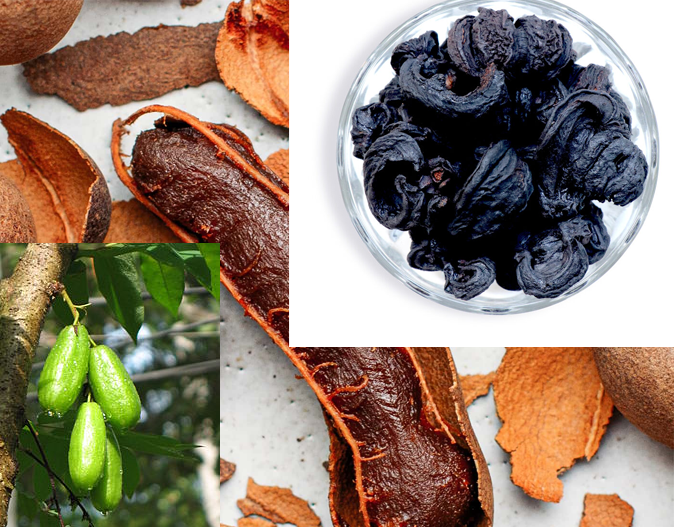Suitability for Human Consumption in the Tropics
All three—bilimbi (Averrhoa bilimbi), goraka (Garcinia gummi-gutta), and tamarind (Tamarindus indica)—are suitable for human consumption in the tropics. They are widely used in cooking, traditional medicine, and food preservation.
- Bilimbi – Eaten fresh, pickled, or used in curries, sauces, and juices.
- Goraka – Commonly dried and used in curries and spice blends, especially in South Asian cuisine.
- Tamarind – Consumed fresh, as pulp, paste, or dried in sweet and savory dishes, drinks, and confectionery.
Comparison of Value and Differences
| Feature | Bilimbi | Goraka (Malabar Tamarind) | Tamarind |
|---|---|---|---|
| Scientific Name | Averrhoa bilimbi | Garcinia gummi-gutta | Tamarindus indica |
| Taste | Extremely sour | Tangy and slightly bitter | Sweet-sour |
| Usage | Curries, chutneys, pickles, juices | Spice for curries, meat tenderizer, medicinal uses | Soups, sauces, sweets, drinks |
| Nutritional Value | High in vitamin C, antioxidants | Contains hydroxycitric acid (HCA) for weight loss | Rich in fiber, iron, magnesium, and tartaric acid |
| Health Benefits | Boosts immunity, aids digestion, reduces inflammation | Aids weight loss, improves digestion, reduces cholesterol | Improves digestion, regulates blood sugar, supports heart health |
| Culinary Preference | More common in Southeast Asian and South Indian cooking | Key ingredient in Sri Lankan and South Indian dishes | Widely used in South Asian, Latin American, and African cuisines |
| Availability | Seasonal, perishable | Dried form available year-round | Available fresh, dried, or processed |
Key Differences
- Taste Profile – Bilimbi is the sourest, tamarind has a balance of sweetness and sourness, while goraka has a unique tangy bitterness.
- Culinary Use – Tamarind is the most versatile, used in both sweet and savory dishes, while bilimbi and goraka are primarily used in savory dishes.
- Health Aspects – Goraka is often marketed for weight loss, while tamarind and bilimbi are known for their digestive and anti-inflammatory benefits.
In summary, all three are edible and valuable in tropical diets, each with distinct flavors and uses in cuisine and medicine.
